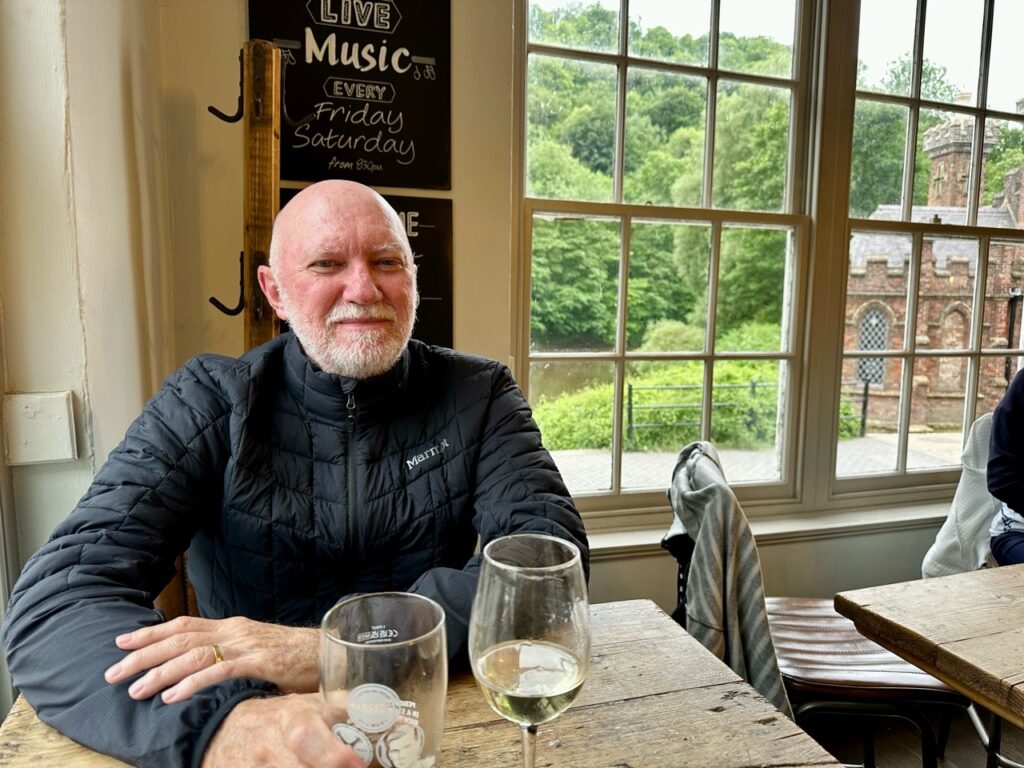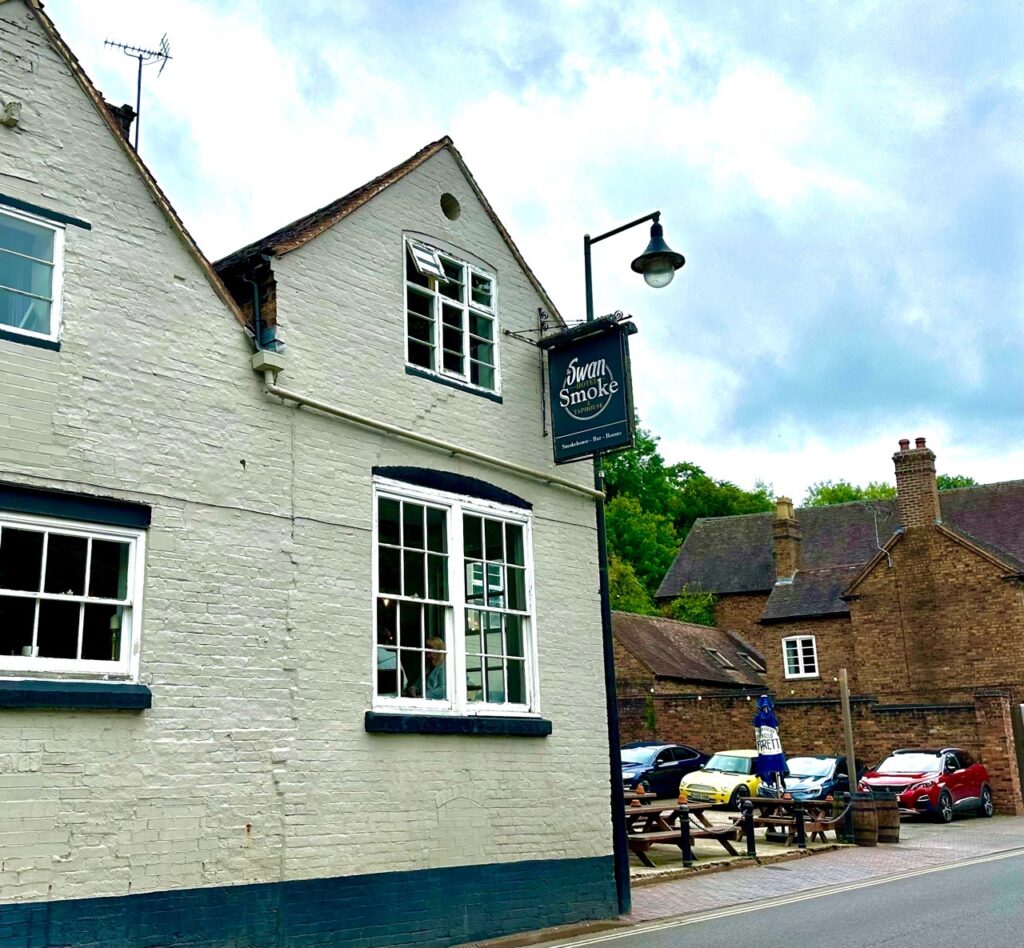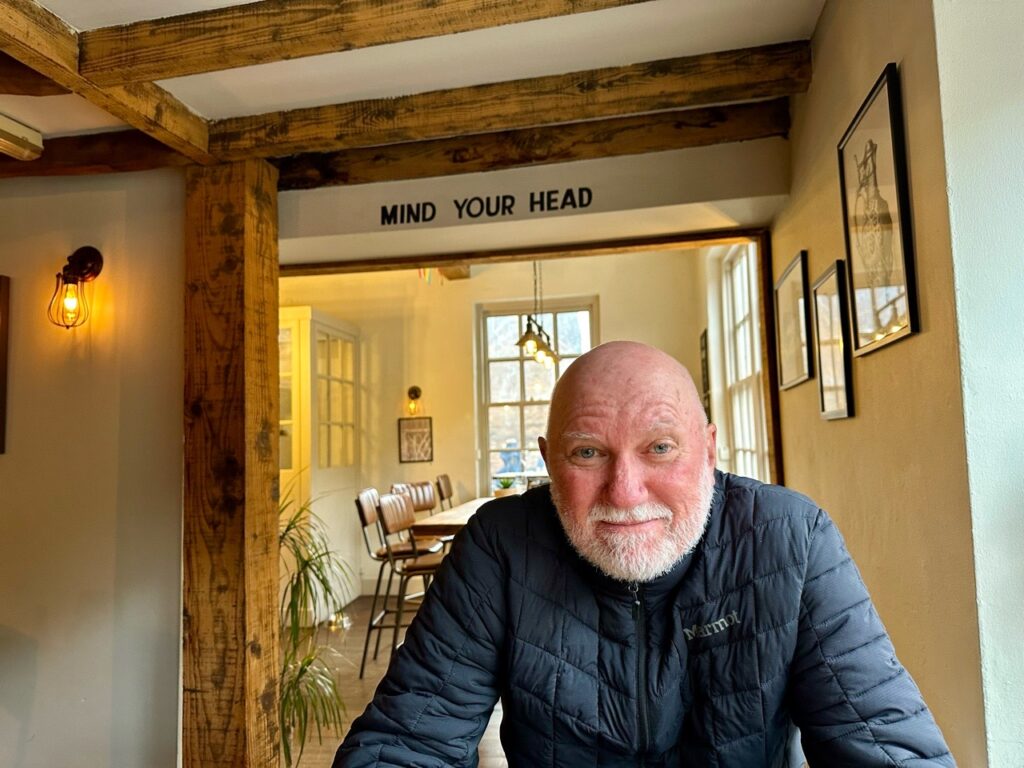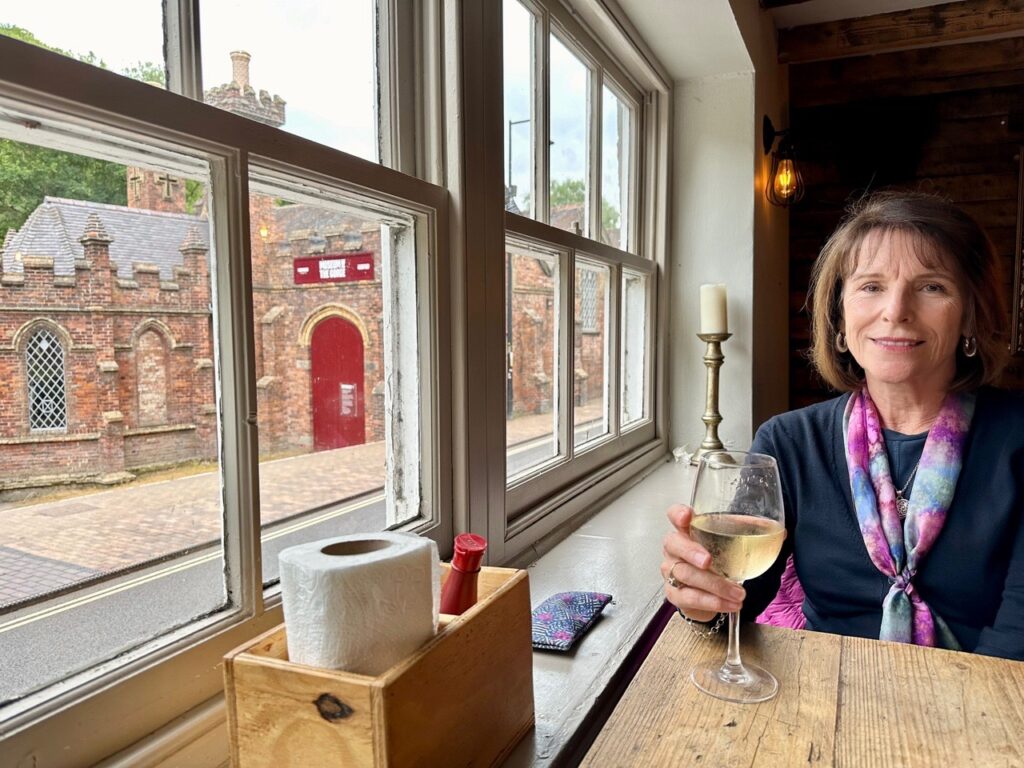We started our day with a visit to Shrewsbury, the County town of Shropshire. Its history goes way back to Roman times and there are many beautiful Georgian houses lining the streets but for me the highlight are the half-timbered Tudor buildings . They are just so charming with their wonky walls and many-paned windows. Most of them are the classic black and white but there are a smattering of mustard or brownish ones as well. Our first stop was in the Shrewsbury Market Hall, a two story market in a high glass roofed space with stalls selling everything from fine meats & poultry, to vintage garments to hardware! As well as dozens of tiny eateries.
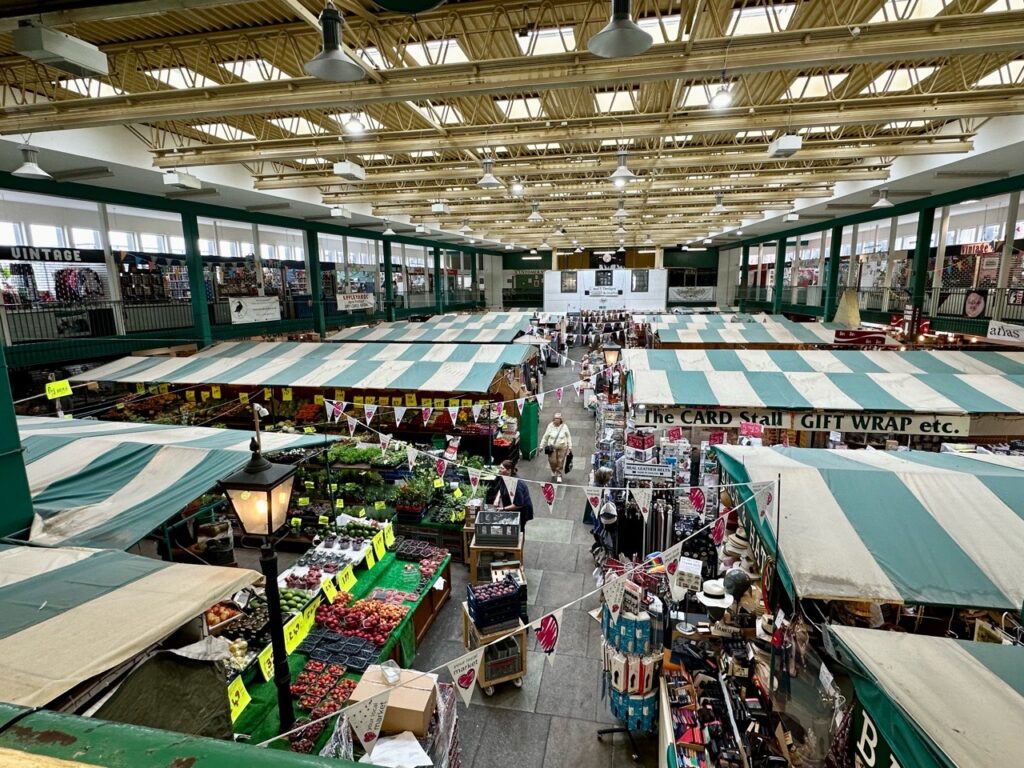
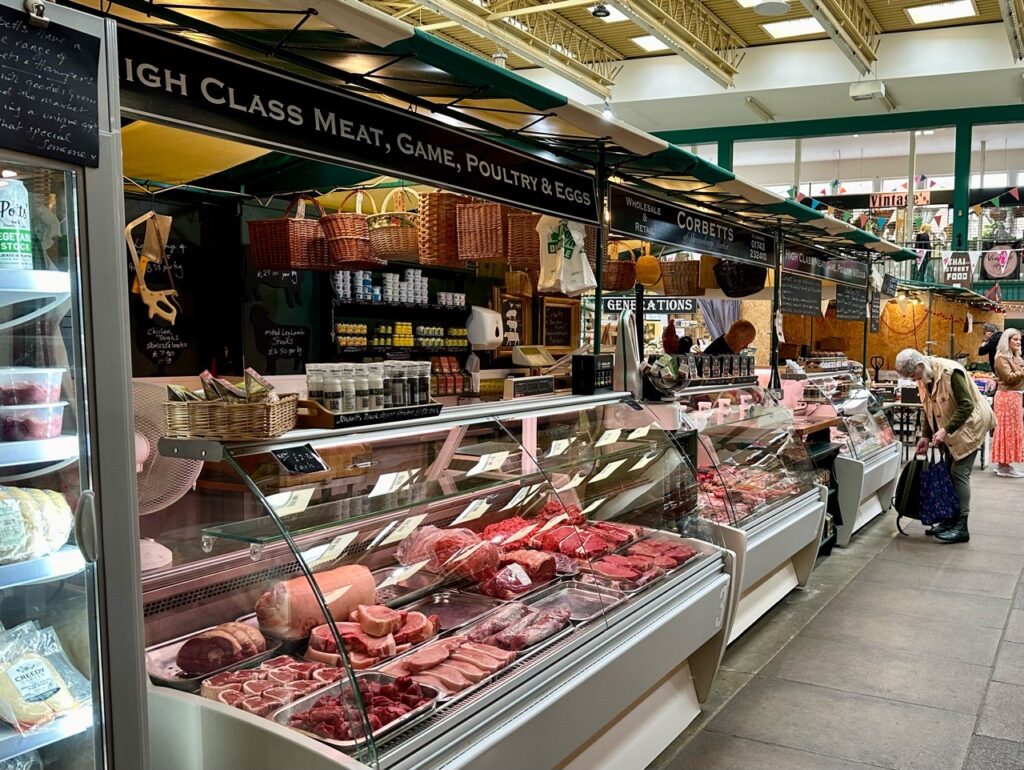
We strolled around the centre of the town, admiring the buildings and came across the Old Market Hall. It was built in 1596 and bears the arms of Queen Elizabeth the 1st. It was the centre of commerce for hundreds of years and there are still markets held there on some days. In front of the Market Hall in the Square there was once a pool or bog. According to tradition this pool was called the Bishop’s Pool and it would be the ducking pool for nagging wives and dishonest traders!
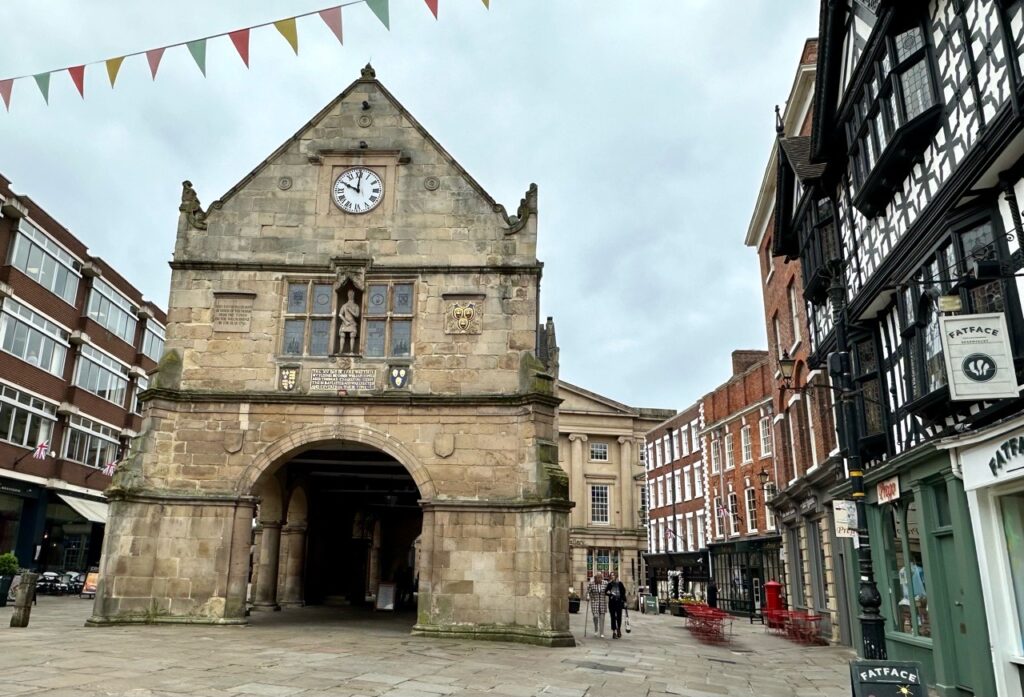
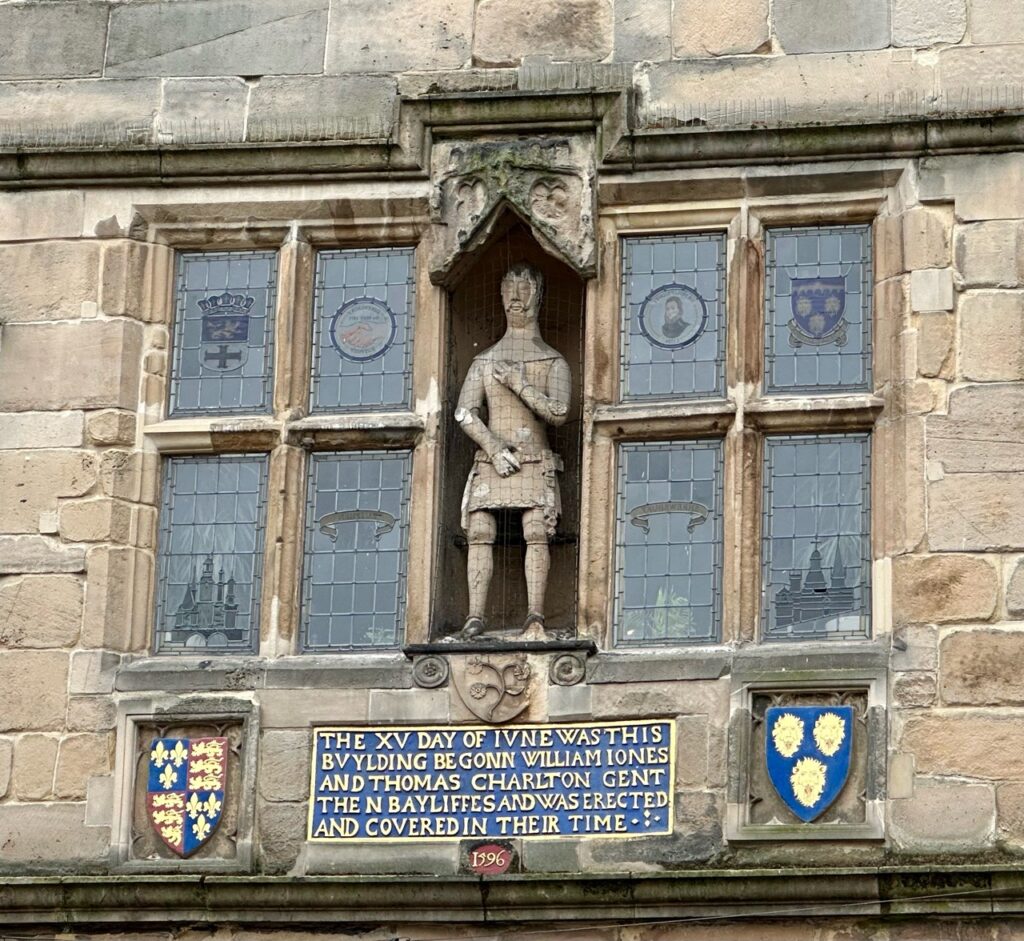
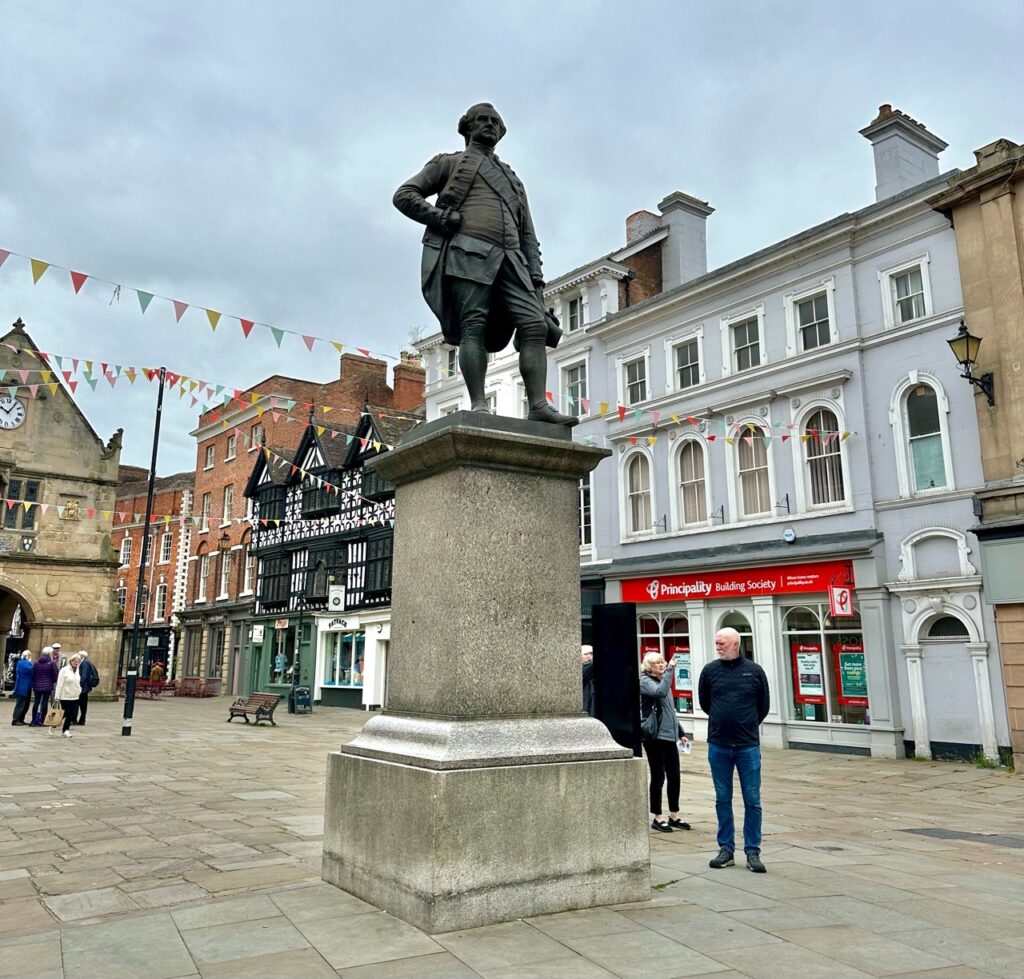
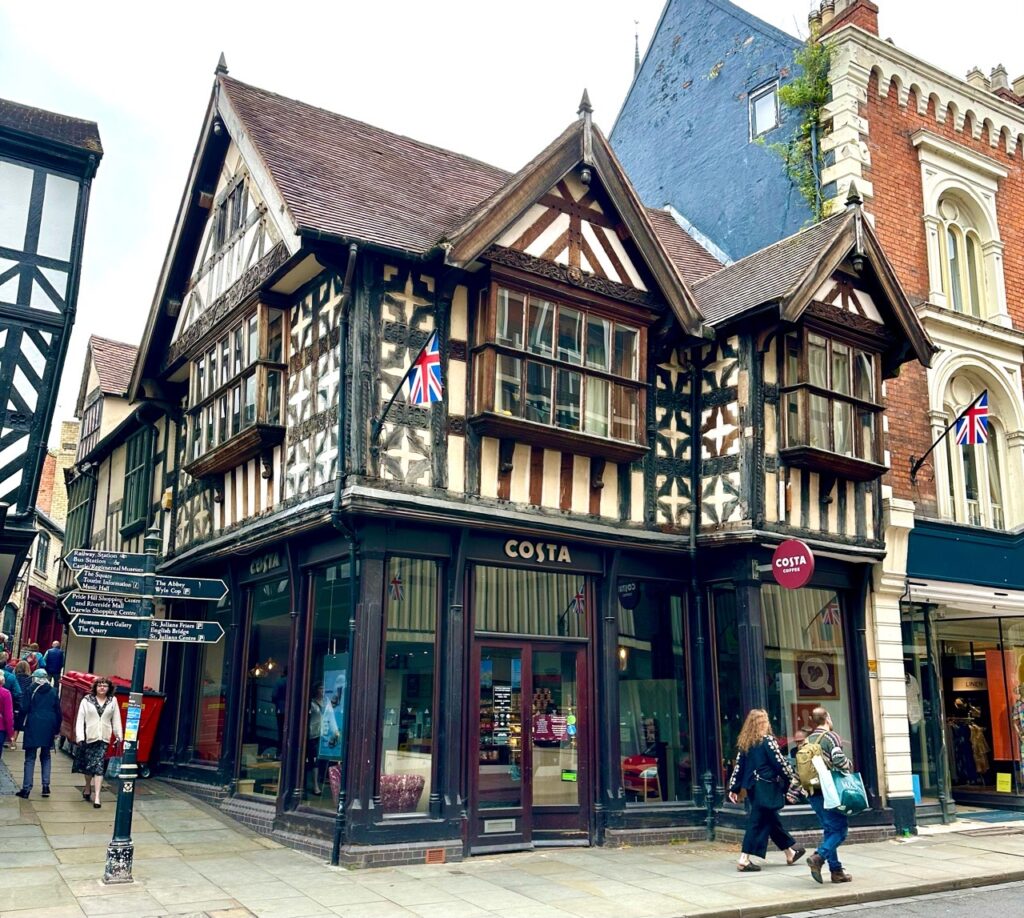
From Shrewsbury we were driving towards Wroxeter Roman City when I saw a sign for the stately home , Attingham Park. It’s a National Trust property which means we could enter for free ( with our Australian National Trust membership cards) so we decided to pop in and take a look. It wasn’t until I saw the number of cars in the car park that I realised what a popular place it is. Attingham was given to the National Trust in 1947 by Thomas 8th Lord Berwick. The estate includes a fine Georgian mansion, a working walled garden and a huge deer park. Only the ground floor and basement of the mansion are open to view but the exhibits were outstanding! The Trust have preserved the elegant dining room, picture gallery and other “Upstairs” rooms as well as setting up some wonderful exhibits in the lower basement to show what life was like for the many servants “Downstairs”. We were so impressed and very glad that we’d stopped in to see it.
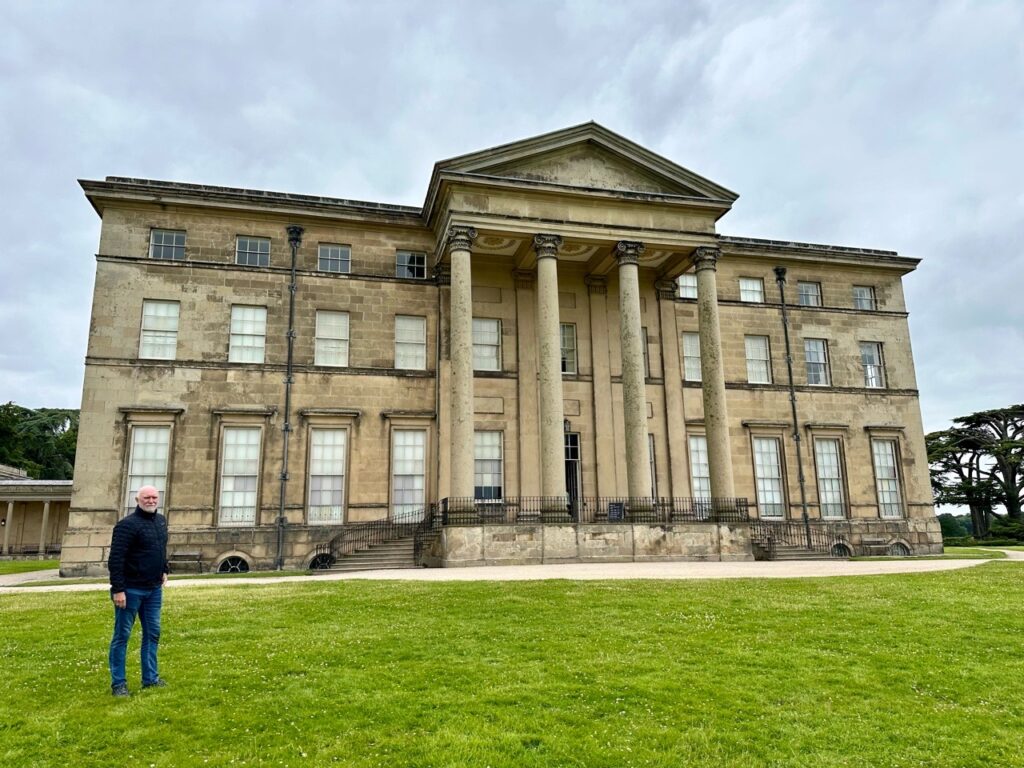
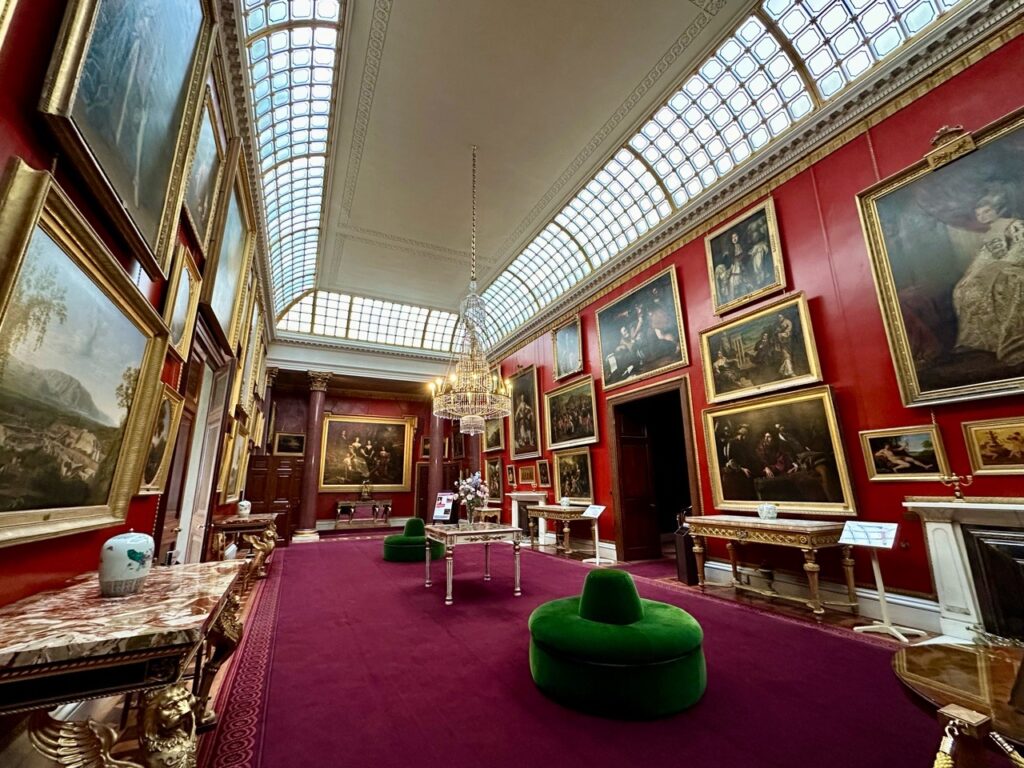

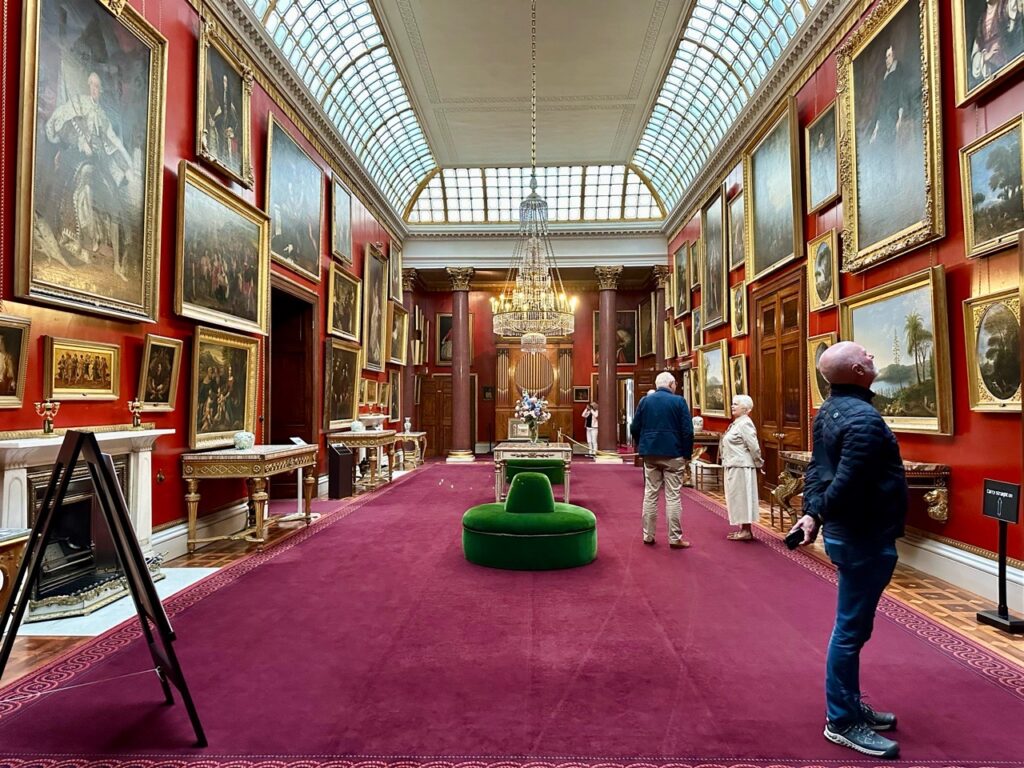
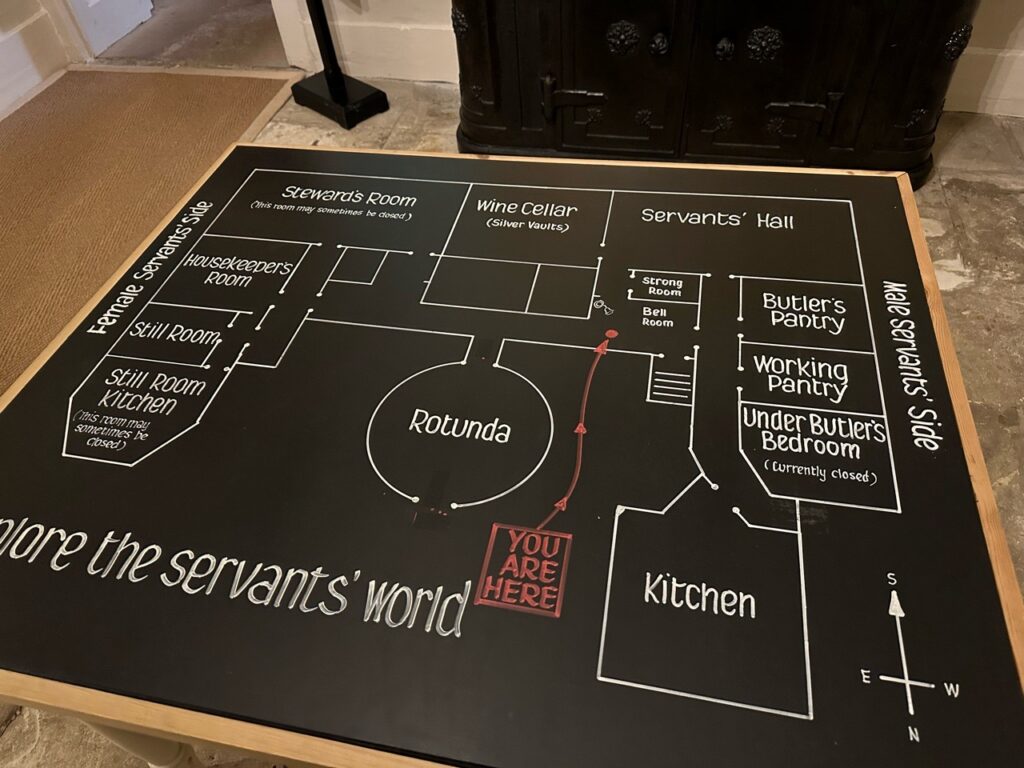
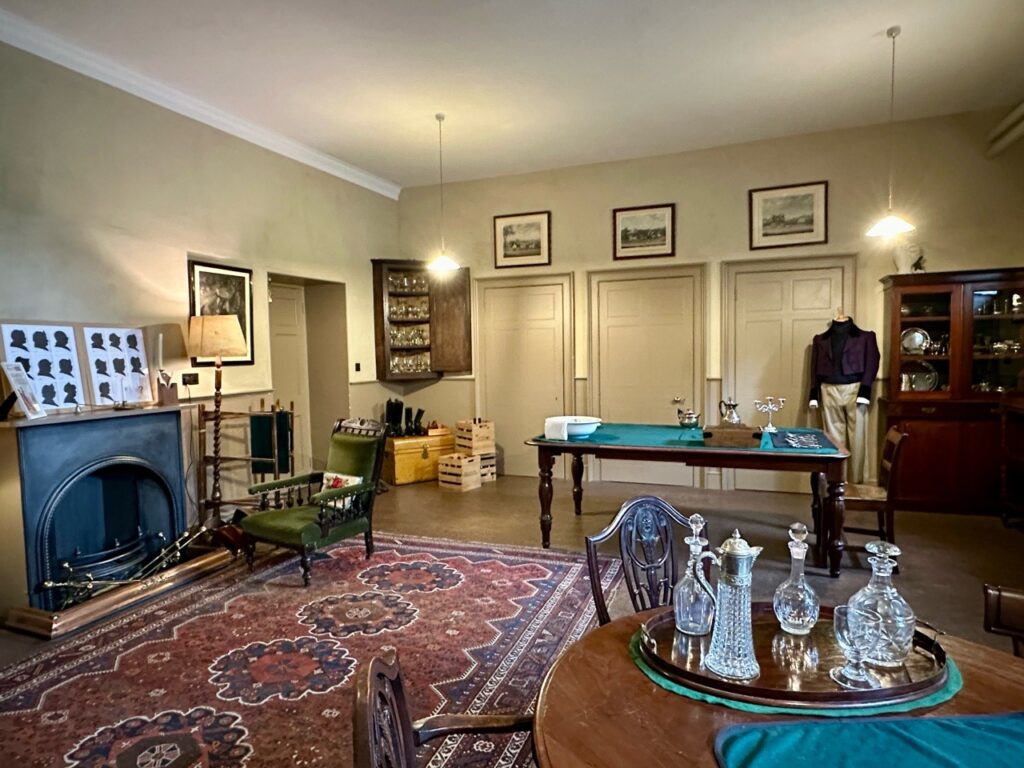
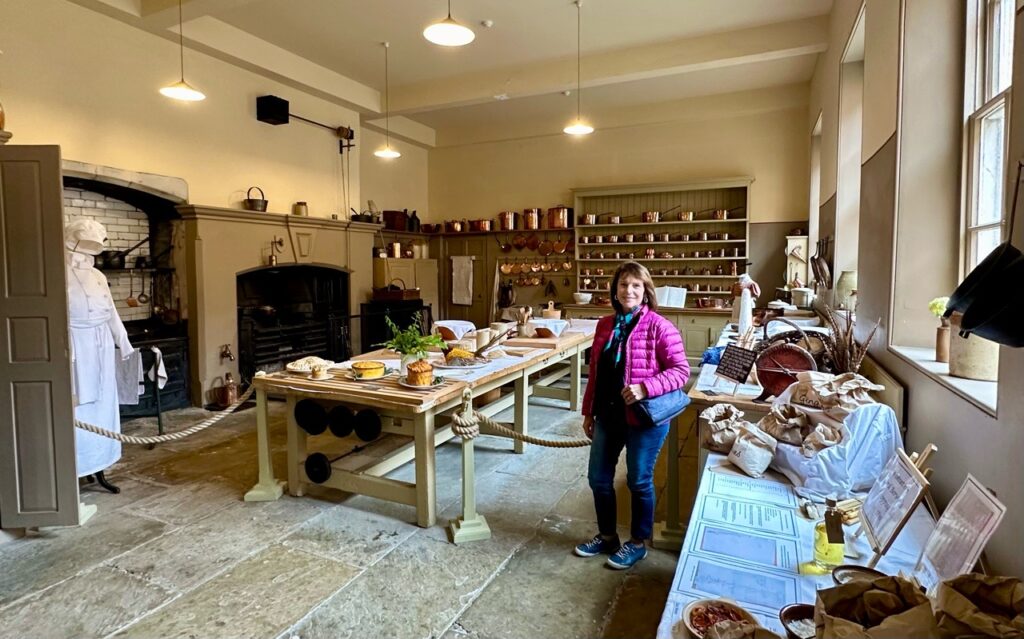
Back outside we went to take a look at the Walled Garden. It’s a working garden with the produce being served in the cafe. There were rows of veg and flowers and espaliered fruit trees growing up the walls.
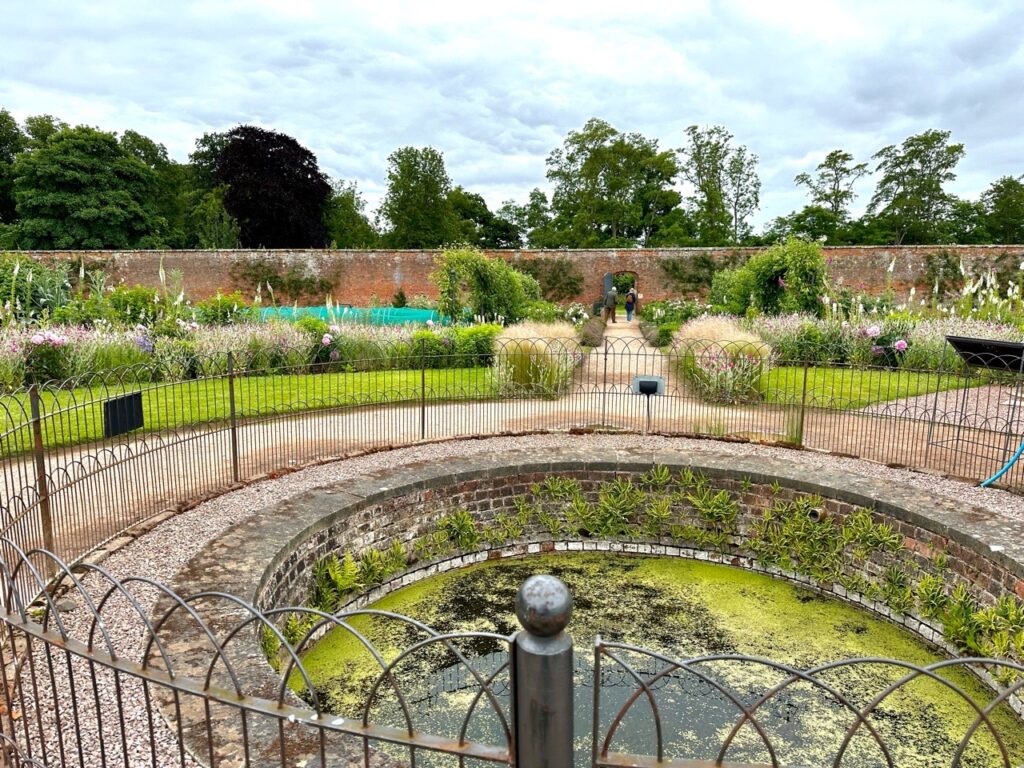
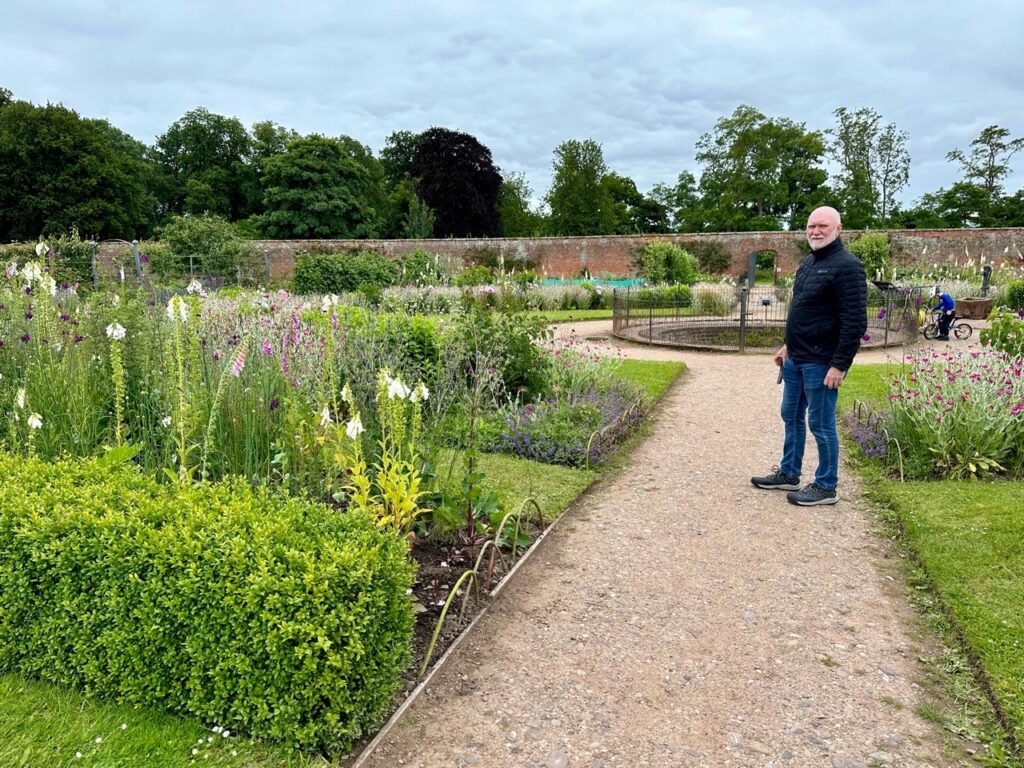
Back on the road it wasn’t far to Wroxeter Roman City. There was once a huge Roman city established in what is now the little village of Wroxeter. Viriconium Cornoviorum was one of the largest cities in Roman Britain. With an audio guide we wandered around the remains of the bath-house and looked into the reconstructed town house. The side wall of the bath house is the highest remaining Roman wall in Britain and was never buried but the rest of the site was and was only rediscovered in 1859. Most of the city is still buried!
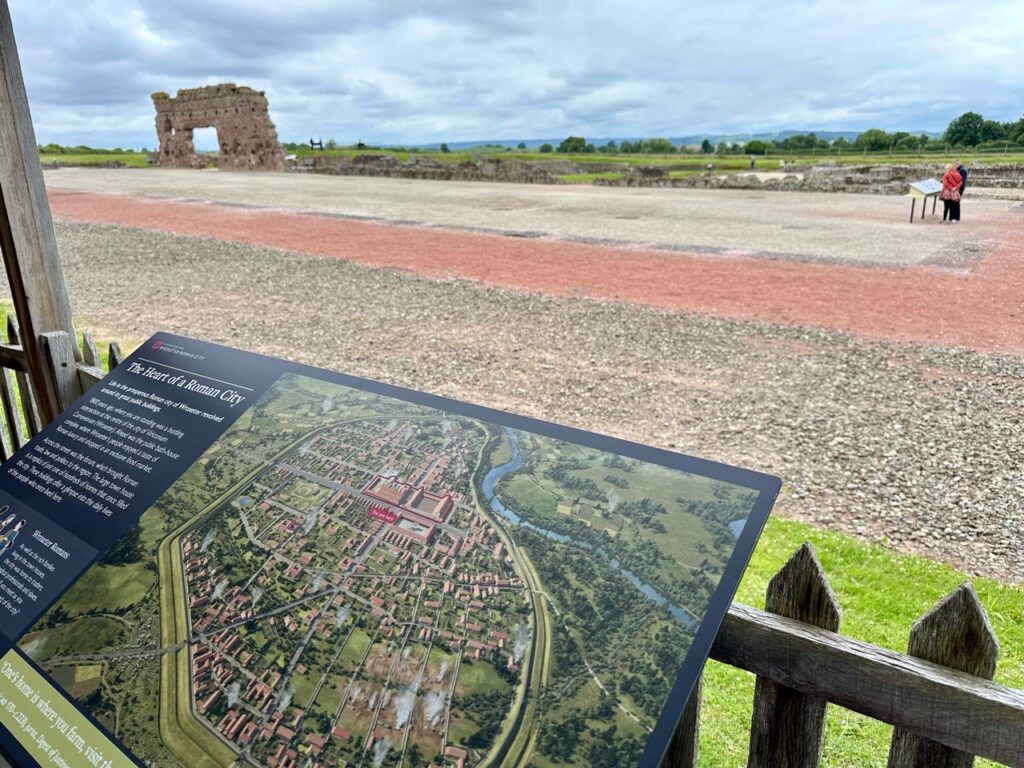
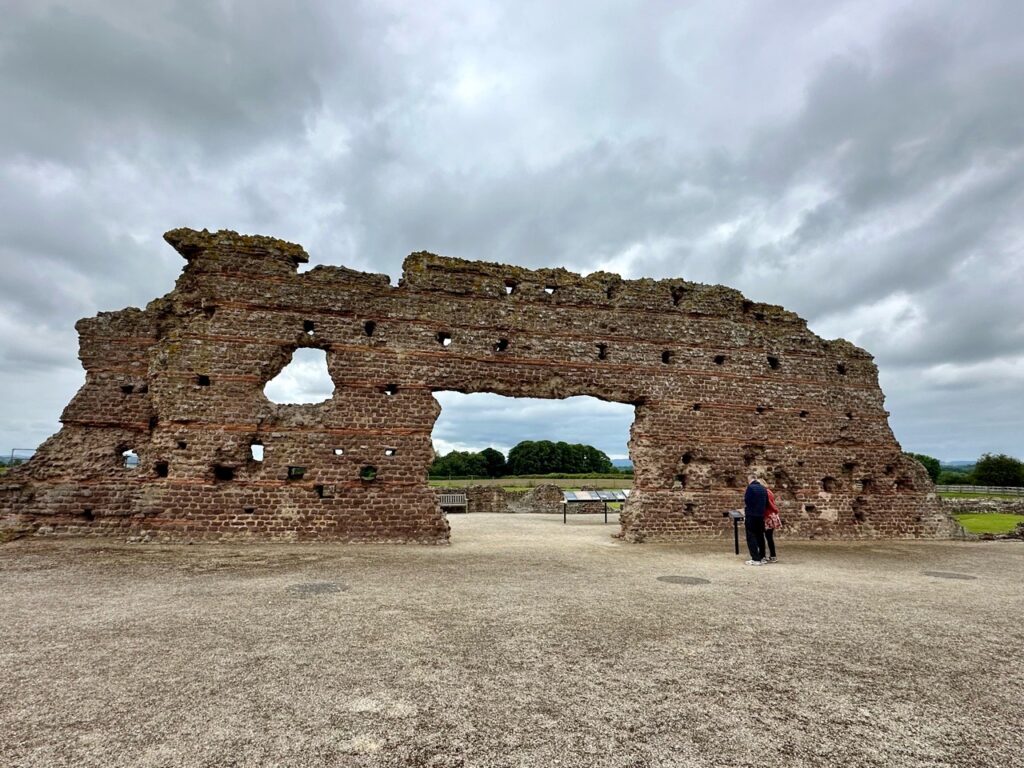
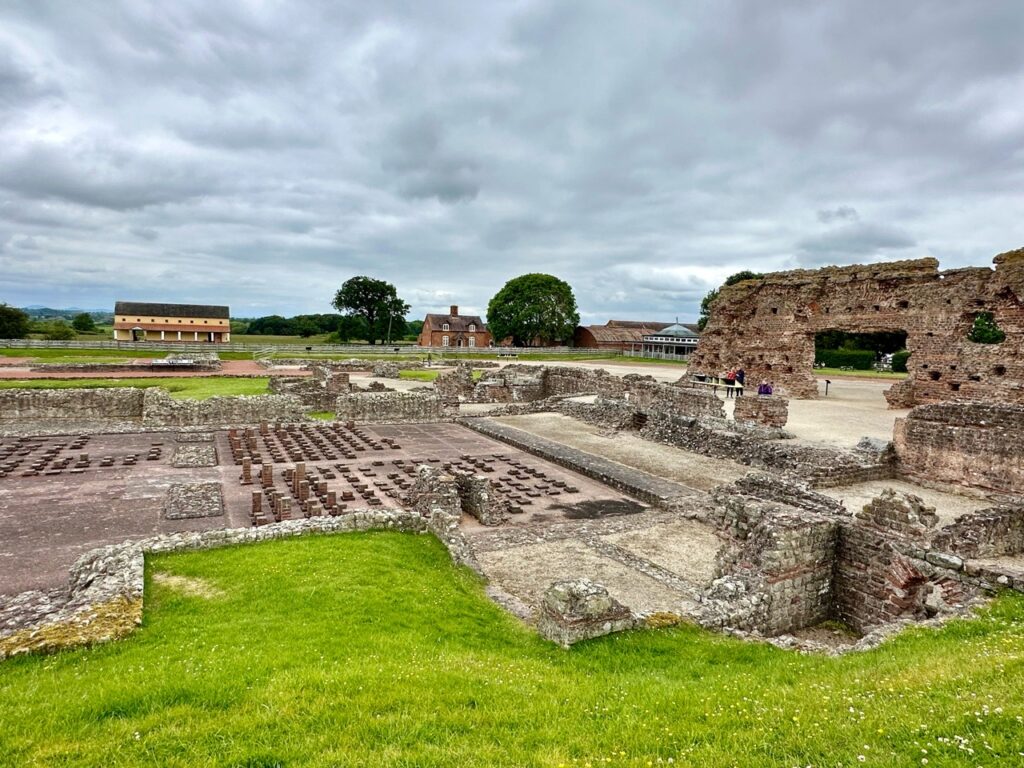
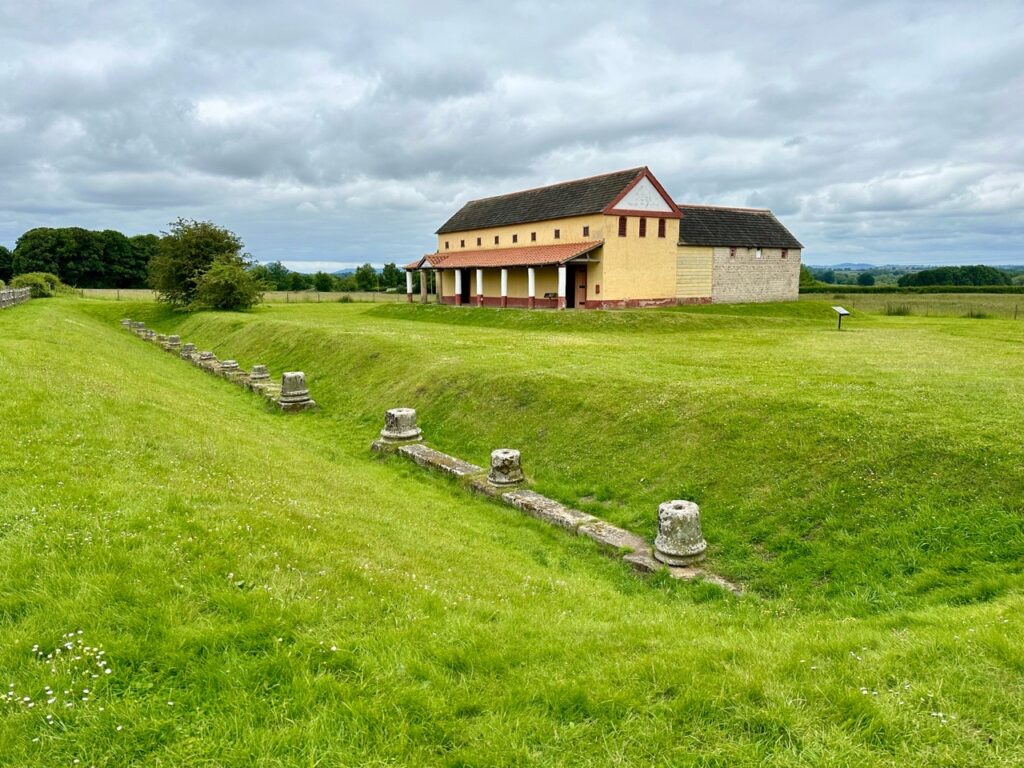
Today has been the coldest day of our trip so far so 8 was quite glad to return to the car and head back to Ironbridge. We walked back up to the bridge to visit the Museum and to walk over the bridge to see the original toll house. We bought a pasty, a sausage roll and some pork scratching for a late lunch overlooking the bridge.
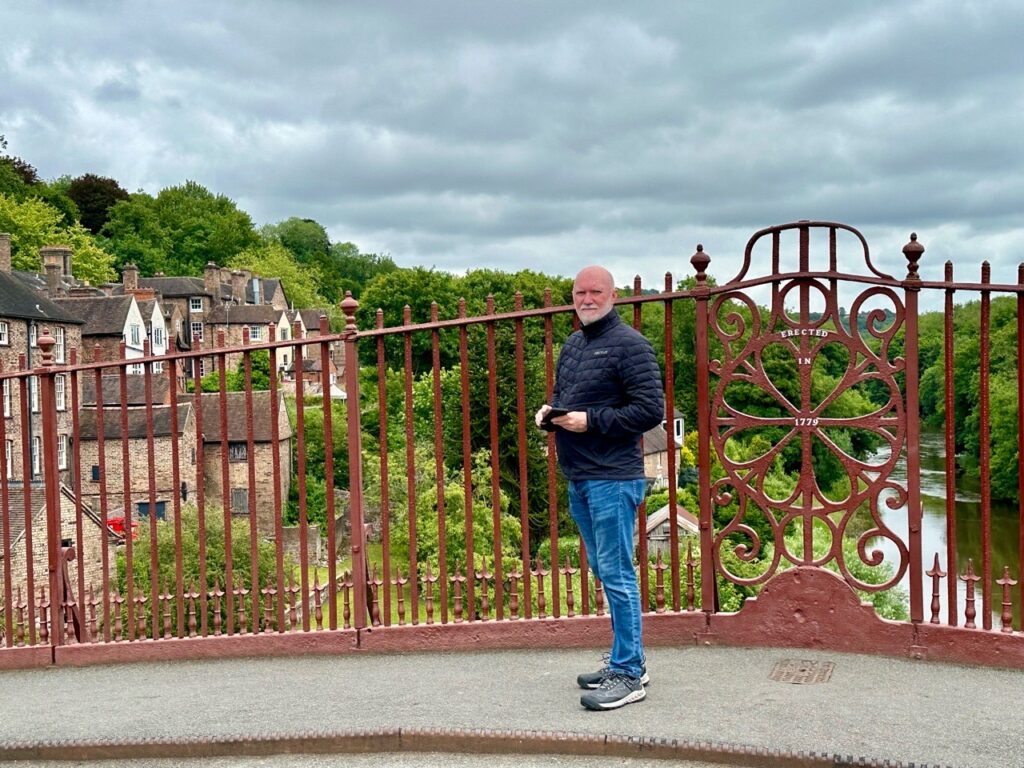
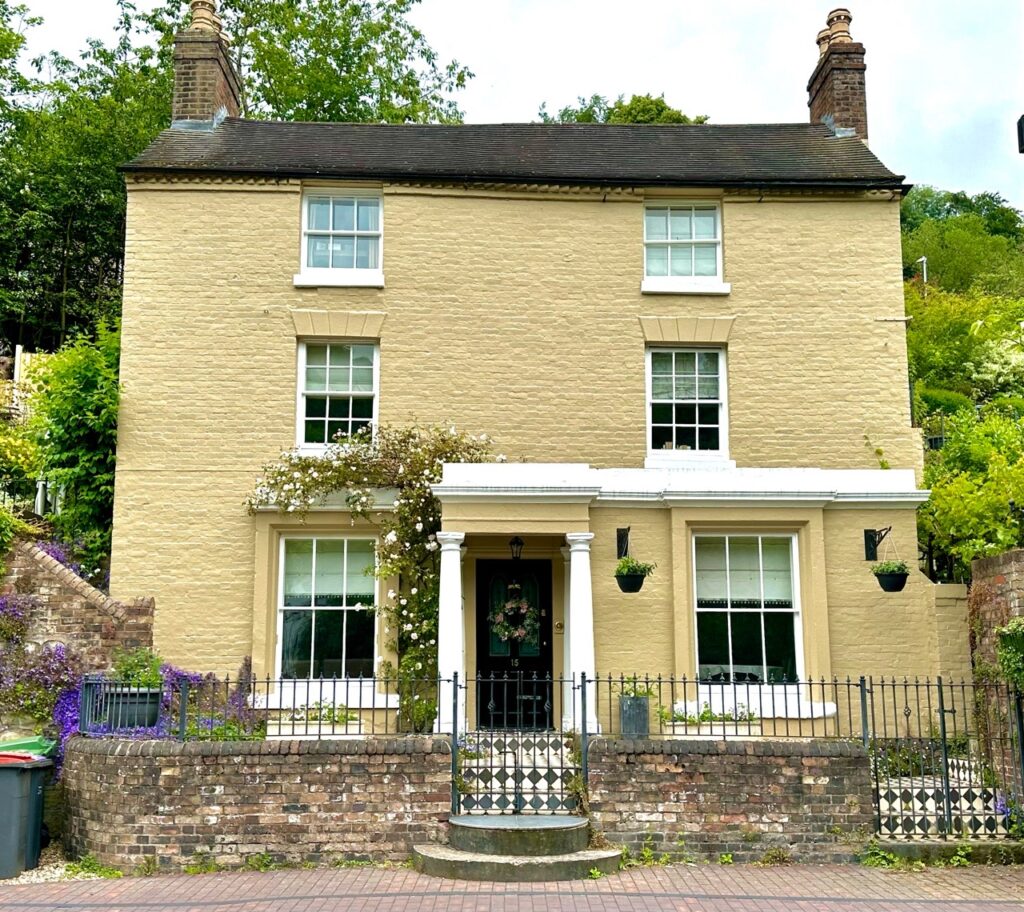
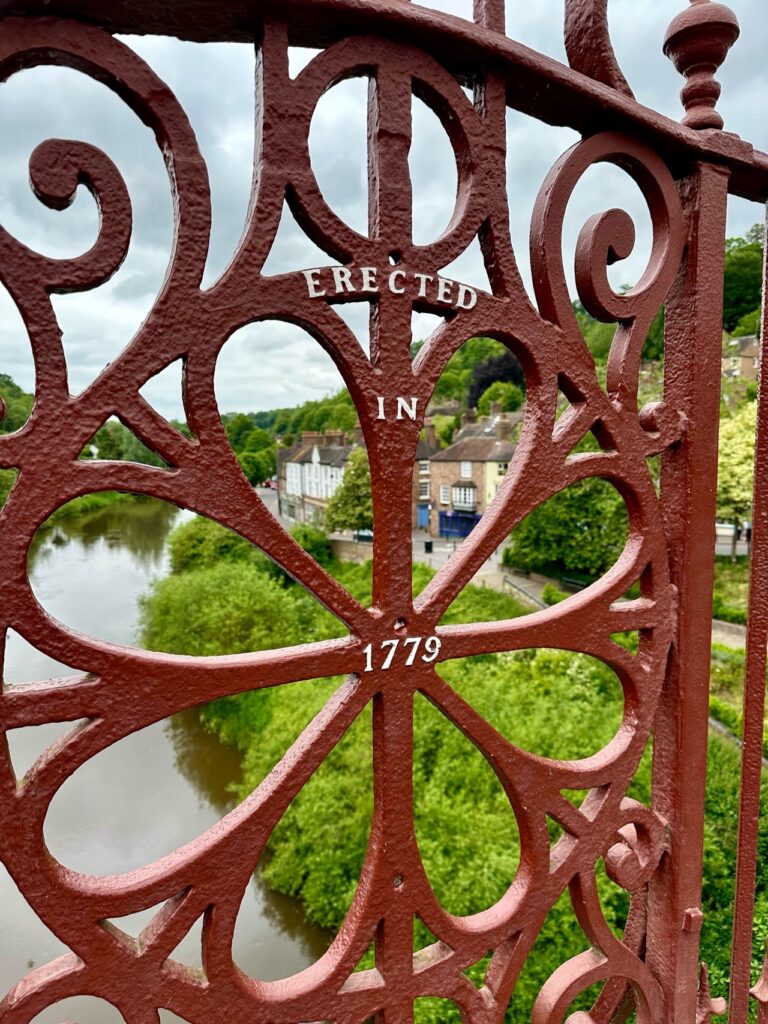
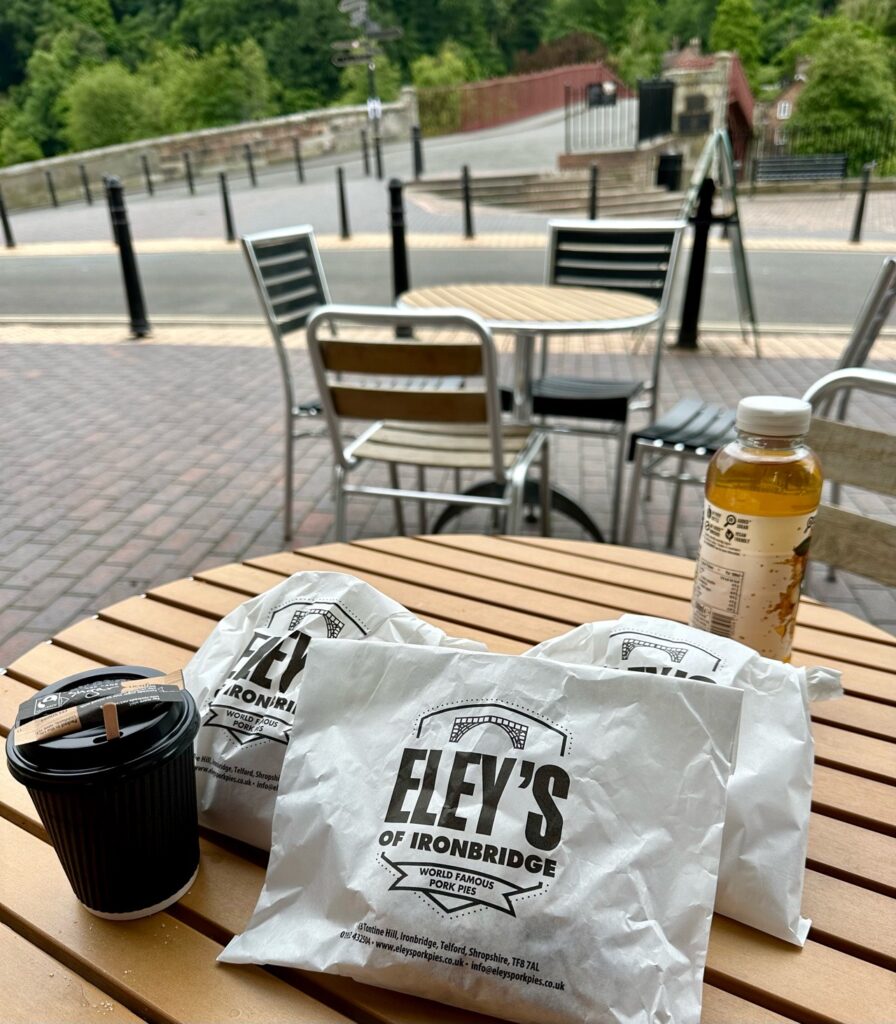

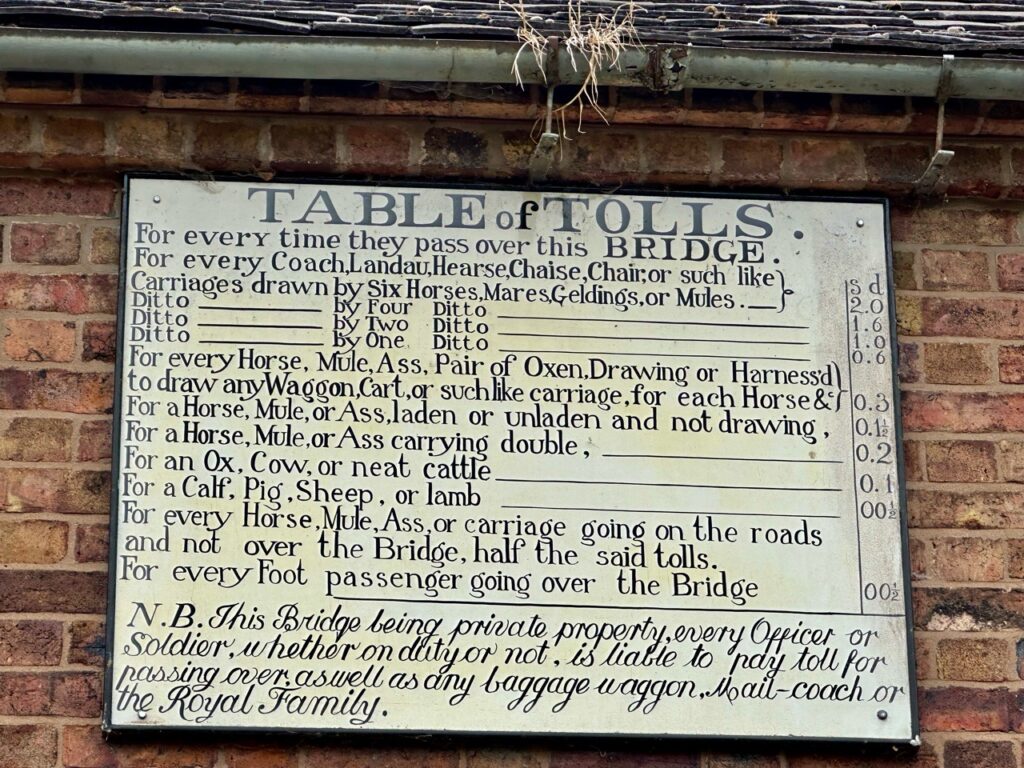
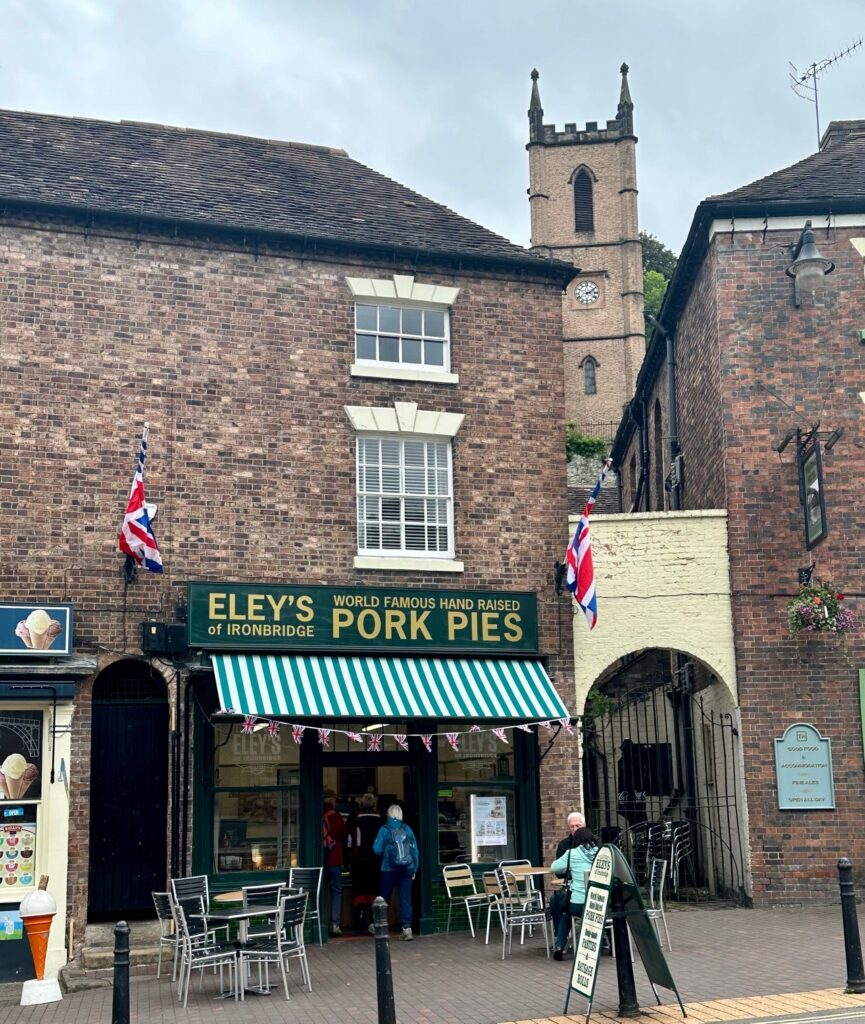
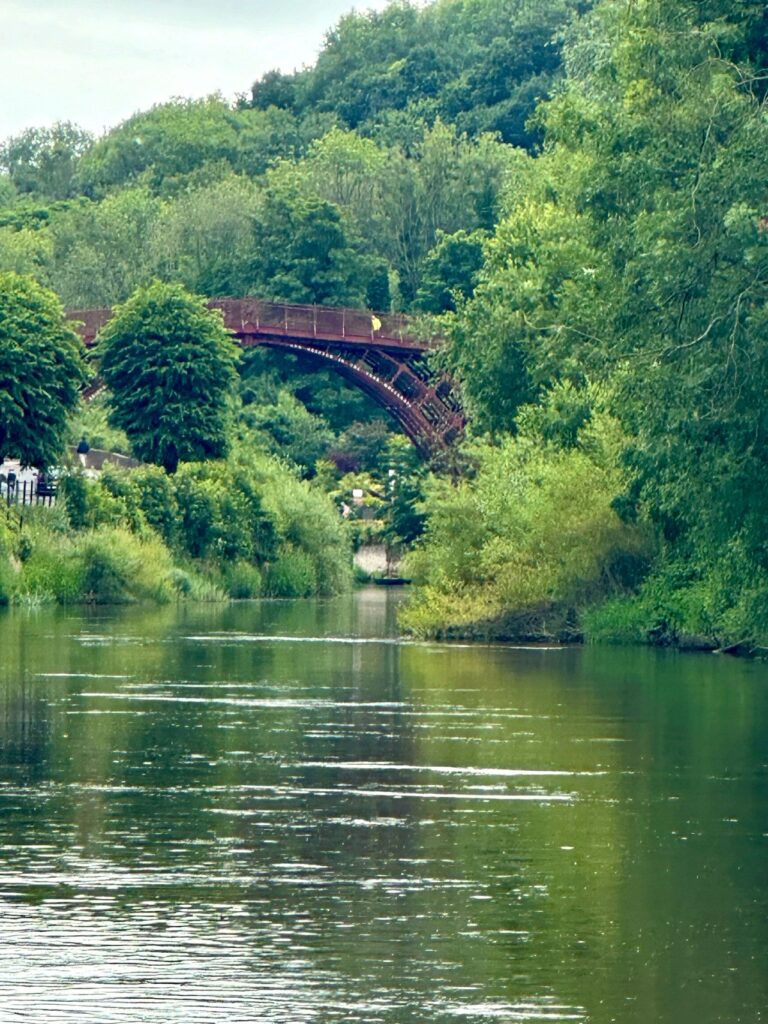
For dinner tonight we walked down the road to The Swan & Smoke Taphouse. We enjoyed a drink in the bar before moving into their snug dining room for some tasty American BBQ style food. The service was a bit slow as they had a new chef in but we didn’t mind, we enjoyed the view from the window across the Severn river. I was amused by the “Mind your head” sign behind Neil’s head, he’s had to duck quite a bit lately particularly here as our hotel room is tucked up into the roof of the hotel.
